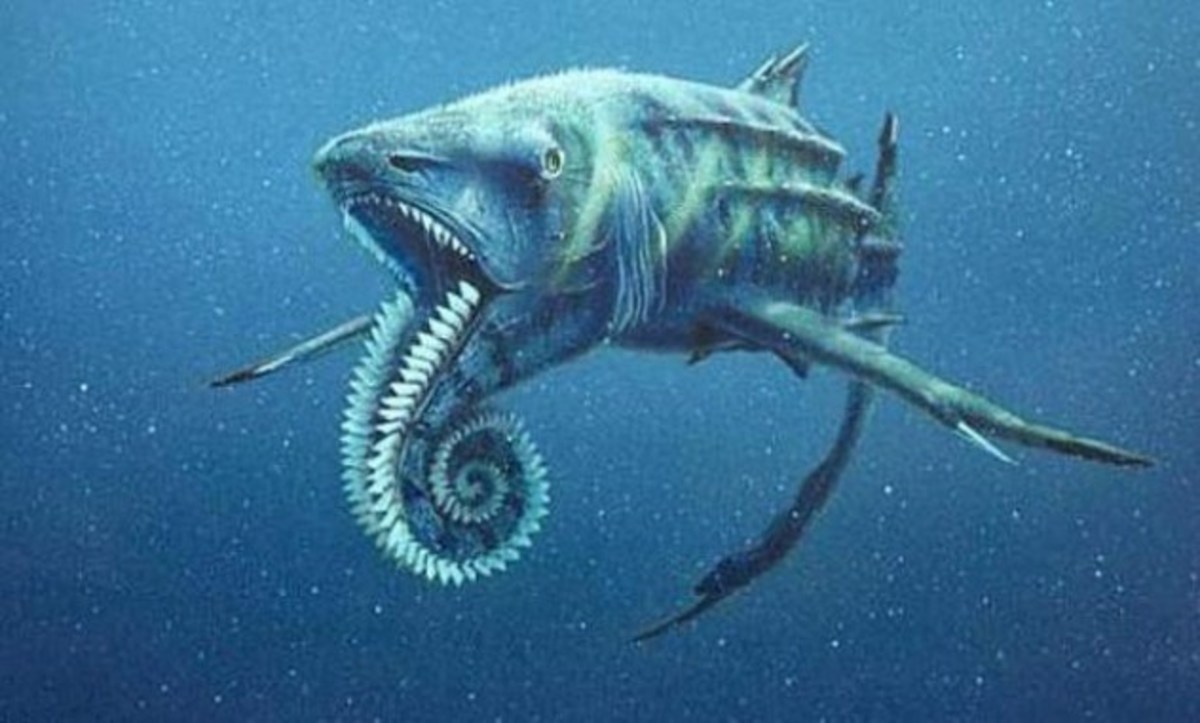- HubPages»
- Education and Science»
- Life Sciences»
- Paleontology»
- Prehistoric Life
Prehistoric Birds That Would Have Kicked Your Ass

Prehistoric Terror Birds
Subfamily Phorusrhacinae boasts four distinct genera of prehistoric birds, which include Keleken , Titanus , Phorusrhacos and Devincenzia . These terror birds were gigantic, averaging approximately ten feet in height (the eggs of some species were the size of basketballs!) Despite their gigantic size, these birds were relatively nimble and quick. Some could run up to 40 miles per hour, and they would use their flightless wings for balance and mobility. Terror birds were also the dominant predator on the South American continent for millions of years.
In one species, Andalgalornis steulleti , bite force was estimated at about 133 Newtons, which isn't very impressive for the animal's size- about 88 pounds in weight and five feet tall (the average bite from a medium-sized dog, for example, is implemented at a force of about 250 N).
The tip of the beak, however, was extremely sharp and could easily puncture the prey (like birds today, terror birds probably sharpened their beaks on rocks and other hard surfaces to keep the point sharp). It is hypothesized that A, steulleti (as well as other phorusrhacid terror birds) hunted by repeatedly jabbing its prey with its beak until the unlucky animal was sufficiently subdued enough to pick up. The bird would then beat the prey item (probably a small to medium sized mammal) against the ground until it was limp enough to swallow whole (roadrunners and African secretary birds use this strategy today!). It is also thought that A. steulleti may have shaken its prey from side to side, and the force of these lateral motions would have been significantly greater than just the raw bite force.
All Phorusrhacidnae had strong, powerful legs, and it is thought they could have easily kicked their prey into submission as well (if the stabbings and beatings failed to work).
Keleken guillermoi is the largest known bird to have ever existed in South America (Titanus walleri , a close relative to Keleken is only found in Florida, and is technically the largest bird ever known to exist).
When paleontologists found the first Keleken skull, which measured over two feet in length, had a sharp, hooked beak and evidence of extremely strong skull musculature, they were in awe. The terror bird
was named after Keleken, a fearsome spirit (resembling a bird-of-prey) of the native Tehuelche tribe in Patagonia, where the fossil was uncovered.
Thanks for reading! Literature Consulted:
Baskin, J. “The Giant Flightless Bird Titanis walleri (Aves: Phorusrhacidae) from the Pleistocene Coastal Plain of South Texas.” Journal of Vertebrate Paleontology . 15(4): 842-844.
Bertelli, S., L. Chiappe and C. Tambussi. 2007. “A New Phorusrhacid (Aves: Cariamae) From the Middle Miocene of Patagonia, Argentina.” Journal of Vertebrate Paleontology . 27(2): 409-419.
Blanco, E. and W. Jones. 2005. “Terror Birds on the Run: A Mechanical Model to Estimate Its Maximum Running Speed.” Biological Sciences . 272(1574): 1769-1773.
Chiappe, L. and S. Bertelli. 2006. “Skull Morphology of Giant Terror Birds.” Nature . 443(26):929.
Degrange,
F., C. Tambussi, K. Moreno, L. Witmer and S. Wroe. 2010. “Mechanical Analysis of Feeding Behavior in the Extinct ‘Terror Bird’ Andalgalornis steulleti (Gruiformes: Phorusrhacidae). PLoS ONE (5)8: e11856. doi: 10.1371/journal.pone.0011856
Marshall, L. 2004. “The Terror Birds of South America.” Scientific American: Special Edition . 14(2): 82-89.




